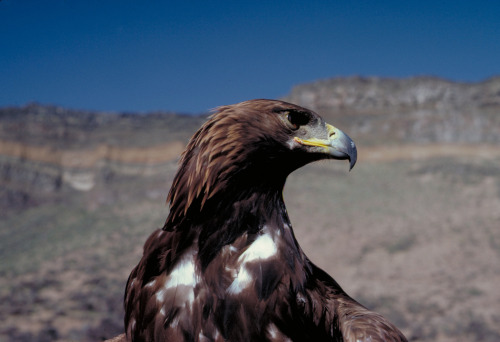mypubliclands:#TravelTuesday with BLM Wilderness Specialist Bob Wick to Idaho’s Canyon Country!South
mypubliclands:#TravelTuesday with BLM Wilderness Specialist Bob Wick to Idaho’s Canyon Country!Southern Idaho’s Snake River Plain’s basalt uplands are dissected by several deep river canyons that offer spectacular scenery and world-class bird viewing and photography opportunities among their recreation offerings. Just south of Boise is the Morley Nelson Snake River Birds of Prey National Conservation Area. This area supports one of the world’s densest concentrations of nesting birds of prey and hosts about 800 pairs of falcons, eagles, hawks and owls that arrive each spring to mate and raise their young. Catch a glimpse of the area’s birds of prey at Dedication Point, a dramatic overlook on the rim of the Snake River Canyon. A ¼-mile trail with interpretive signs offers insights about the birds, geology and other wildlife. Photo tip: Photographing moving wildlife, especially flying birds, requires a very fast shutter speed. I typically use 1/1000 of a second or faster. By panning your camera and shooting images as you match the speed of the wildlife, you’ll get sharper images and also blur the background, creating a greater sense of movement.A bit further from Boise, but still within an easy drive, is the Bruneau Canyon Overlook. The Overlook is the only readily accessible spot from which to view this deep canyon carved through basalt and rhyolite by the Bruneau River, recently protected by Congress as a Wild and Scenic River. The canyon appears to be narrower than it is deep which is almost the case – the opposite rim is only 1,300 feet away from the overlook, and the drop from rim to riverbed is 800 feet. From this spot near the northern terminus of the 60-mile canyon, you can view the wild and scenic Bruneau River tumbling out of the Bruneau-Jarbidge Rivers Wilderness. The viewpoint provides a taste of one of the more remote corners of the U. S. – the Bruneau-Jarbidge-Owyhee River Canyon system. These canyons offer whitewater boating, fishing, hunting, and unlimited exploring for properly equipped adventurers.Photo tip: Canyons and other landscapes with sharp differences between bright sun and deep shade surfaces can be especially hard to photograph as your camera’s sensor can only pick up a certain range of light – much less than your eye can. Cloudy days and the time right before sunrise and right after sunset have much lower range of brightness and are perfect for capturing these landscapes. A technique called High Dynamic Range (HDR) photography is another method for capturing landscapes with highly contrasting light levels. HDR software blends multiple images taken at different exposures.Check out our @esri Idaho Canyon Country multimedia storymap for more stunning photos, helpful links and a map of the area: http://mypubliclands.tumblr.com/traveltuesdayidaho . -- source link








